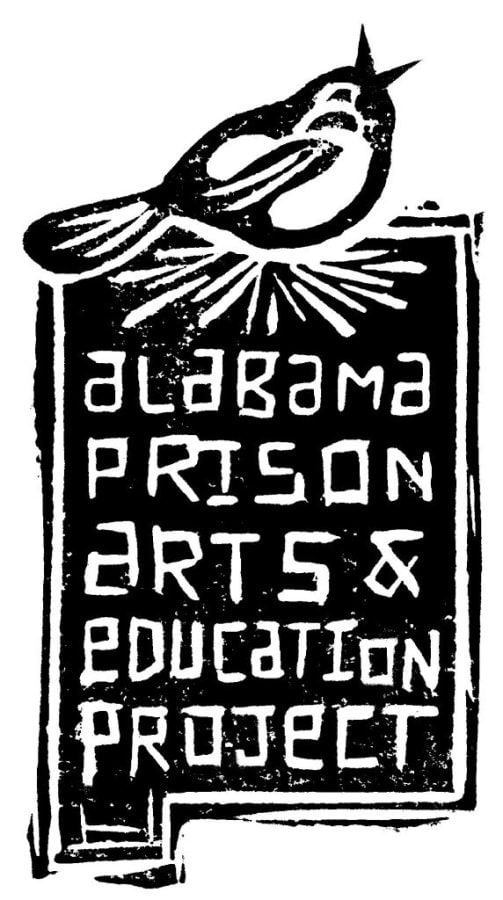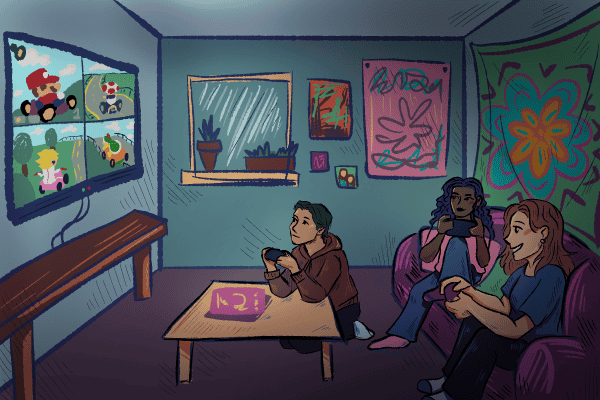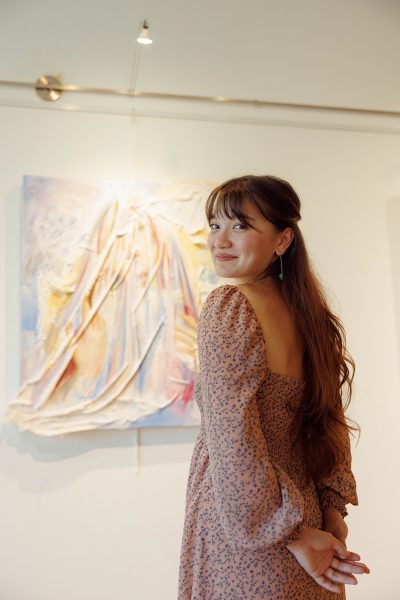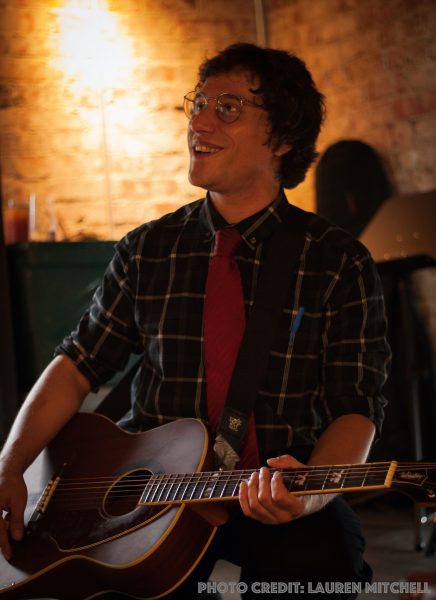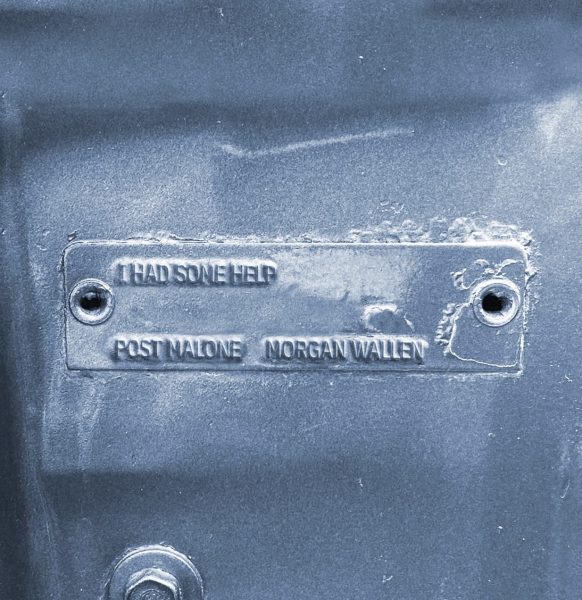Arts and education program promotes prison reform in Alabama
November 9, 2022
Alabama is at the forefront of the ongoing mass incarceration crisis in the United States. According to the Prison Policy Institute, while the U.S. incarceration rate has reached an overwhelming 573 per 100,000 people, in Alabama, this number is 938 per 100,000. At the same time, conditions are so bad due to inadequate medical treatment, overcrowding, corruption and more, that a recent Alabama prison strike made headlines.
Such unthinkable stories and statistics require a deeper look into Alabama’s prison system and what The University of Alabama can do to serve victims of mass incarceration. Although prison education is an underserved need in Alabama, the University’s Master of Fine Arts Creative Writing Program has been working with the Alabama Prison Arts and Education Project to meet this need.
Kyes Stevens, APAEP’s founder and director, initially came up with the idea in 2001 while teaching at the Talladega Federal Prison. Although Stevens started the program at Auburn University, over time, she and the UA MFA Creative Writing Department formed a strong relationship that continues to this day. The program has since created ways for UA graduate students to teach imprisoned students through Prison Arts Fellowships.
Robert Hitt, who got involved with APAEP while he was at the University, is now a program coordinator with the organization.
“I was a grad student … working on my MFA and saw an advertisement for a fellowship opportunity to teach with APAEP,” Hitt said. “I applied for it and got it and found out that the class I taught at Bibb County Correctional Facility, I enjoyed substantially more than I did any other form of teaching that I’d done up to that point.”
Hitt currently oversees APAEP’s Community Education Program and its Community Education Resource Center, both of which are in Birmingham, Alabama.
The Community Education Program focuses on providing educational opportunities to incarcerated individuals who otherwise wouldn’t have access to any.
“There is a profound lack of resources and opportunities for people inside of prison that want to get an education, want to create, to express themselves. And it is an incredibly under-resourced environment, and so our program is part of meeting that vast need,” Hitt said.
While APAEP classes generally aren’t for college credit, the organization has begun offering some students a path to a degree.
“In response to student requests, we’ve started a couple college programs. The first one began at Staton Correctional Facility in 2017; it’s a men’s facility in Elmore County,” Hitt said. “Our first cohort of students there are on track to earn their bachelor’s degree in summer of 2023 through Auburn University. And this year we’ve started another college program at Tutwiler Prison, which is the primary women’s facility here in the state.”
APAEP’s relationship with its students doesn’t stop upon release. Hitt said they’re currently working on a re-entry guide for those from Alabama who are released or paroled. The guide will act as a directory for organizations and offices who can help with the acquisition of a driver’s license, a social security card, housing and other basic necessities.
Despite the remarkable strides APAEP has made in establishing a statewide network for prison education, the need far surpasses the resources that are currently available.
“The need is far larger than what we can realistically support. Our program has grown, particularly it has grown quite a bit in the last couple of years, but we are still not able to offer classes everywhere in every facility that we would like to,” Hitt said.
Associate professor of religion Michael J. Altman, who taught a class on American religious history at Donaldson Correctional Facility in 2019, was the first teaching fellow from the UA Religious Studies Department. Like many others involved in the program, while he found it to be incredibly impactful work, he also placed it in the broader context of mass incarceration.
“We’re in the middle right now of a statewide prison strike over the conditions that prisons are under, a federal lawsuit,” Altman said. “They are worse than prisons in any other industrialized country. So going and teaching a class and giving folks a chance to think and talk and write was the least I could do.”
Altman said providing education for incarcerated individuals has implications beyond the classes themselves.
“Education can provide a greater sense of self. To have access to education is to have some sort of investment in you, whether it’s from a teacher or from a larger system that provides this for you, or from Alabama Prison Arts and Education Project. It’s an investment in you as a person,” Altman said.
According to the U.S. Bureau of Justice Statistics, only 22.6% of incarcerated individuals in the United States have a high school diploma.
“The education that I have received thus far has changed my perspective on life for the better. I appreciate education and respect scholars much more because of my time with APAEP. My views and opinions are a bit more objective and that alone is priceless,” a student testimonial on APAEP’s website said.
In terms of the potential for individuals to affect change in Alabama’s current prison system, Altman said any individual action is a good step.
“It seems to me that especially in this moment, when we have a prison crisis in our state, that any attention and any energy and any talent that we can give to the people in Alabama’s prisons is good and worthwhile,” Altman said.
Before the University began sponsoring prison-teaching fellows, Alexa Tullett, a professor of psychology, had been involved with APAEP. Tullett ended up working at Julia Tutwiler Prison for Women, and then later at St. Clair Correctional Facility, as well as a virtual class at Staton Correctional Facility.
Much like Altman, Tullett found her work fulfilling and valuable, but also recognized the need for systemic reform.
“We have some responsibility to use those resources to serve populations that are underserved, and the prison population is certainly one of those. And then I also have mixed feelings because I would prefer solutions that don’t reinforce the existence of those prisons,” Tullett said. “I would prefer to reduce incarceration dramatically.”
Tullett said APAEP allowed her to reconsider her own perspective in a way that she wished more people had the opportunity to do.
“Something that I think is valuable about APAEP is allowing people to challenge their own stereotypes, and I wish that we did more of that,” Tullett said. “Certainly, I think that if you have experience in these kinds of prison programs, working with students who are incarcerated, I think that experience violates most peoples’ stereotypical image of what it looks like for people to be incarcerated.”
For more information on volunteering with the Alabama Prison Arts and Education Project, visit here.

